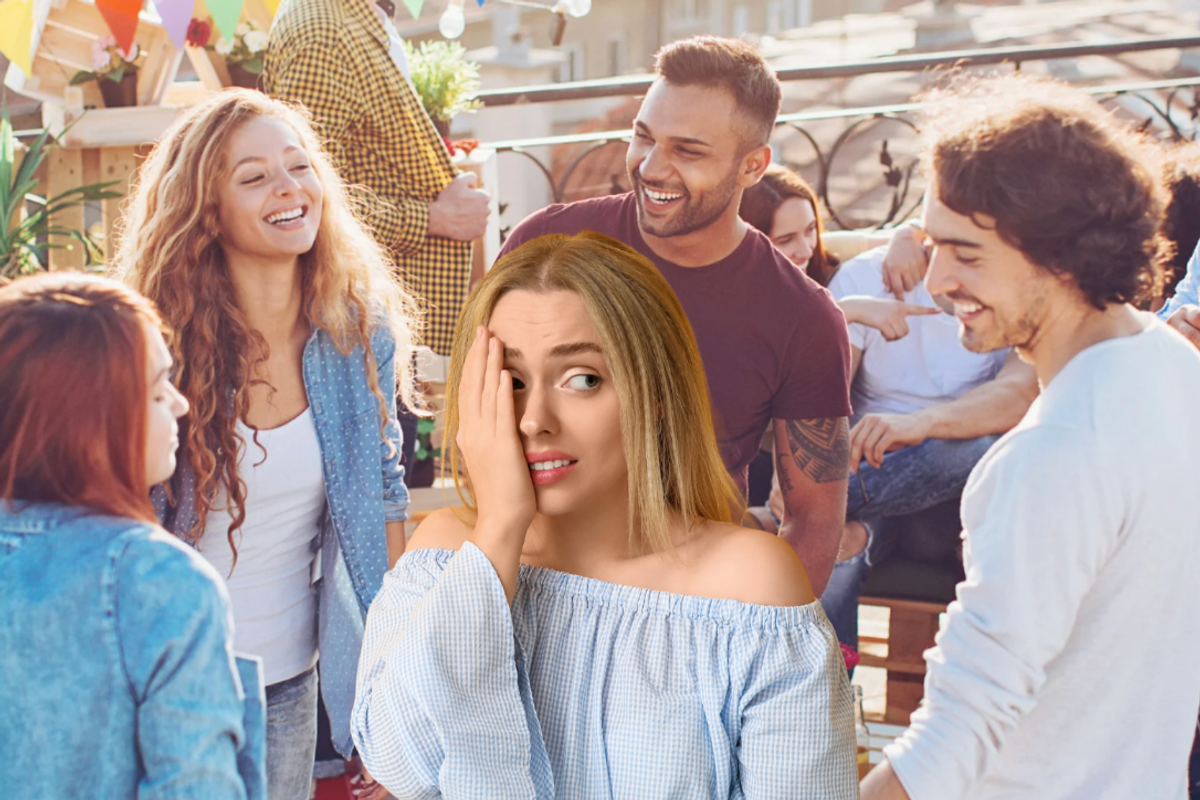How a trip across the border inspired a doctor to fight for health care equality.
Disparities of patient treatment are real. It's time all doctors join efforts to help change that.
When Dr. Paula Aristizabal first started working in pediatric oncology, she was a little uneasy.
"I was scared because I didn’t know what to expect," Aristizabal explains. Even though cancer specialists have to assume they'll be treating people with a lower than average survival rate, knowing that all her patients would be children made it somewhat more daunting.
Fortunately, however, that was far from the experience Aristizabal ended up having.
Aristizabal. Photo via Northwestern Mutual.
"I learned pediatric cancer is highly curable, so it was very rewarding because I would be able to make a difference in [my patients'] lives," Aristizabal says.
Little did she know treating cancer in children wouldn't be the only way she'd make a positive impact on health care.
After completing her pediatric oncology training, which is the study of childhood cancer, in her home country of Colombia and her fellowship at the University of California San Diego School of Medicine, Aristizabal joined the medical staff at Rady Children’s Hospital in San Diego, California. She, soon after began collaborating with St. Jude's Children's Research Hospital on a project to improve pediatric cancer care in the U.S- Mexican border region.
On an initial visit to a city hospital in Mexico, she learned they didn't have anything like a pediatric oncology ward.
"I thought, 'Oh, goodness, it’s so different from the U.S.,'" Aristizabal shares. "I saw the disparity right there."
Since 2008, she's improved care in several Mexican hospitals, including two in Tijuana and La Paz.
Image via iStock.
But that was just the beginning.
It became Aristizabal's mission to address the racial and ethnic disparity occurring in hospitals in the United States as well.
When she began to notice disparities in how the treatment worked for Hispanic patients where she practiced in San Diego, she decided to do some research to better understand barriers to response to treatment.
Aristizabal learned that while it's likely there are biological differences that can contribute to disparities in the survival rate of Hispanic children with cancer, she also found a disparity in access to health care due to language and cultural barriers.
Thanks to funding assistance from Alex's Lemonade Stand Foundation and Northwestern Mutual, whose Childhood Cancer Program has generated more than $15 million for research and family support nationwide, Aristizabal was able to conduct her own research on that disparity. This was an important research focus for Northwestern Mutual in their mission to ensure that all kids have a chance to grow up.

She took an in-depth look at her own specialty in particular. She learned a large percentage of parents of kids with cancer have a low level of health literacy, meaning they have trouble navigating America's complex health care system due to their cultural background. For example, Hispanic families are less likely to participate in clinical trials, which, in pediatric cancer, often offer the best chance of survival.
Image via iStock.
Since her first language is Spanish, Aristizabal knew she could do her part to help close that cultural and linguistic gap.
At the Peckam Center for Cancer and Blood Disorders at Rady Children's Hospital, where she practices pediatric oncology, 50% of the children who receive treatment are Hispanic. At her clinic, 95% of her patients are Hispanic, and 65% of their parents speak Spanish as their first language. Aristizabal knew her cultural background was key to providing them the best care possible.
"Since I’m Hispanic, and I know the culture and speak Spanish, I try to provide cultural concordant care and language concordant care," Aristizabal says.
Research shows that when individuals receive care from someone in their own language and culture, the treatment results are much better.
Image via iStock.
When a doctor can fully communicate with patients, they can be sure they're getting all the necessary details about a medical condition. In turn, patients feel more at ease knowing their doctor fully understands their condition and can clearly communicate a treatment plan. All this adds up to better results.
But Aristizabal can only do so much as one doctor. That's why she's inviting others to contribute to lessen this country-wide disparity.
"We need to prepare because the Hispanic population in the U.S. will comprise more than 30% of all Americans by 2050. There’s something we can really do in our own institutions."
Image via iStock.
One simple step is to access a free bilingual treatment journal from the ALSF website to help families track their care plan. The journal is funded by Northwestern Mutual as another way to address disparities.
If pediatric cancer centers don't have bilingual doctors on staff, they can improve access to interpreter services. Another strategy is that their doctors pursue cultural awareness training. Institutions can also offer medical Spanish lessons to their staff or any other language that might help their patients.
It requires a bit of effort, but it will make a world of difference.
Just imagine a scared child who doesn't speak English in a hospital. A doctor who can speak their language could be the only thing that puts them at ease.
"It’s so rewarding when you learn about other cultures," Aristizabal says. "It facilitates the care that you provide because when you learn about another culture, you’re able to better understand where [patients] are coming from."
And any doctor knows that's more than half the battle.
Northwestern Mutual is the marketing name for The Northwestern Mutual Life Insurance Company, Milwaukee, Wisconsin, and its subsidiaries. Learn more at northwesternmutual.com



 TikTok · Ale
TikTok · Ale

 Phone charging.
Phone charging. bill nye chemistry GIF by NETFLIX
bill nye chemistry GIF by NETFLIX 


 A happy woman in the Netherlands.via
A happy woman in the Netherlands.via
 Thumbs up
Thumbs up  Woman in chair.
Woman in chair.